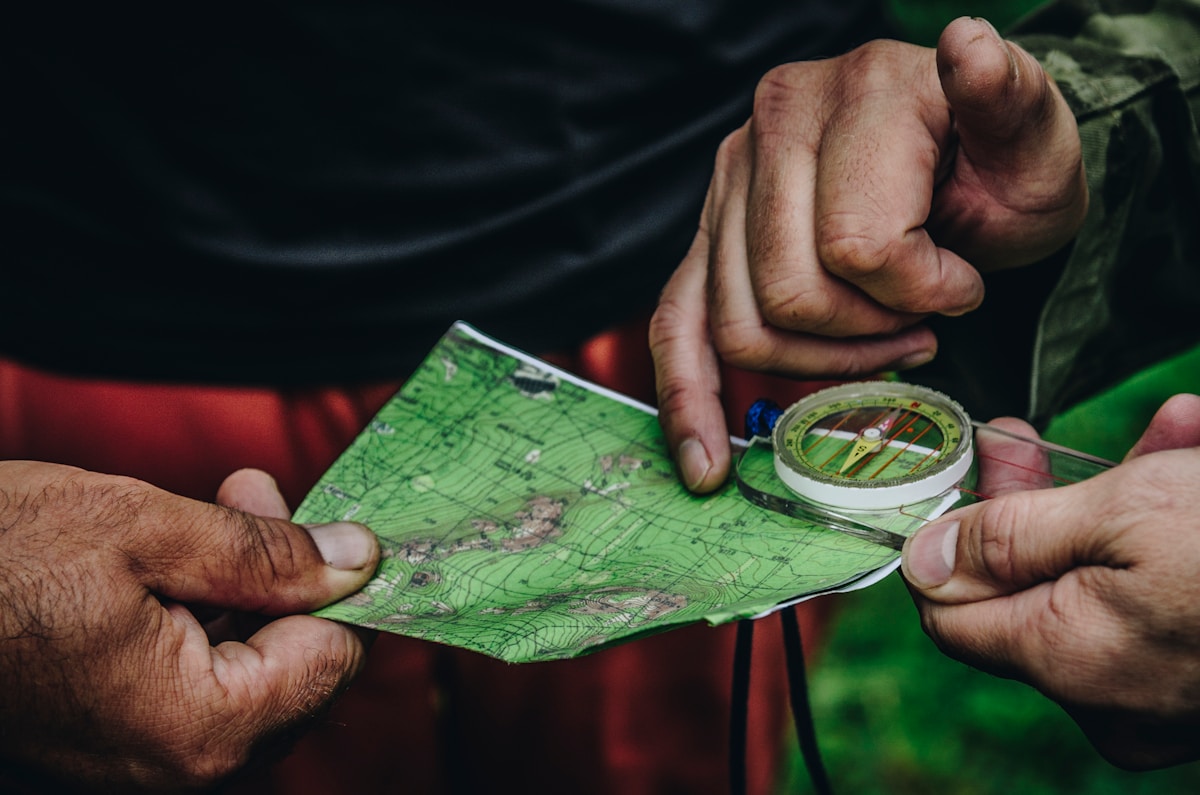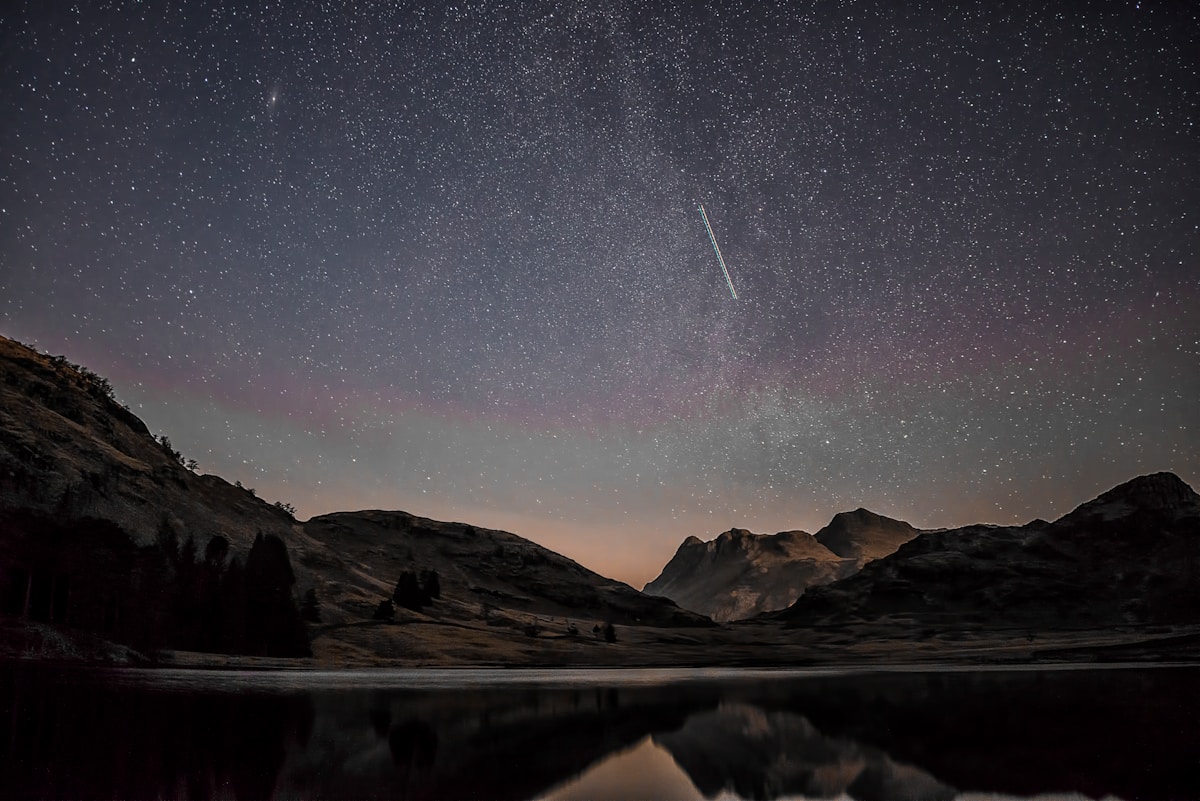As the weather gets progressively wetter; colder, and eventually icier and snowier, it’s time to start looking at the old kit-list for your day out in the hills. But it’s not just the kit you take with you that will keep you safe in the hills this Winter. We’ve had guests at Dale Head Hall just this week talking about slipping on wet rocks and grass- a common issue for even seasoned walkers; so we thought we’d write a little post, with all the tips and tricks we’ve picked up over the years spent living in the Lakes and climbing its mountains.
Let’s start with the kit list:
When it comes to heading out in the hills, there are certain must-haves that apply to both Summer and Winter walking. If you are planning a walk in cold, icy weather, there are several add-ons that you should definitely take. (This is just for day-hiking, not the full kit for an overnight expedition)
Extremely Important
-Map and compass (even if you have a GPS!) – preferably waterproof or in a case.
-Waterproof jacket and trousers
- Head-torch (and spare batteries)
- First aid kit
- Emergency bivvie bag
- Enough food and water (to last twice the time you are planning to be out there)
- An extra fleece
- Hat/Gloves/Scarf
Circumstantial Extras
- Group shelter bag
- Crampons, for walking in snow and ice
- Ice axe, for extreme conditions
- Dry bags, for clothes and food etc…
- Flask of something hot
- Gaiters
- Extra Socks
- Heat pouches
- Strong, Climber’s Rope
- Knife
- Fire starting kit
- Extra Batteries for GPS
Winter walking tips and tricks
1- Plan your Route
It might seem obvious, but it is something that many of us are guilty of taking for granted. Spend a good amount of time before you head out studying your route. Not all ‘right of ways’ marked on paths correspond exactly to what is on the ground. A lot of people mistake ‘right-of-way’ lines on the map for paths- and this is not always the case. Your right of way route might take you over ground without obvious paths, and quite possibly sheathed in mist, or covered in snow. It is always good to have a clear picture in your head, based on your study of the contours and surrounding terrain markers- like rivers; patches of forest and tarns.
If you spent any time with the Duke of Edinburgh Awards or the Scouts, you will have created a route card at some point in your life. While you don’t necessarily have to write it all down; a good step by step plan in your head, broken down into sections along your walk, ending at clear ‘attack points’ (something solid in the terrain that you know without any doubt that you can find), is the tried and tested way of planning your route.

2- Work out your timing
Roughly allow for a speed of 4km per hours (2.5mph), with an additional half hour for every 300m climbed –times will vary depending on your particular walking speed, and in Winter conditions are often slower because of slippery ground, ice or snow.
Give yourself more than enough time to complete your route before it gets dark and have an alternative ‘escape’ route planned in case of emergency.
3- Have a plan in case of emergencies
Always tell someone where you are going. If you are worried about an unknown route or bad conditions, it is very important to write down your route plan (step by step, or attack point by attack point if necessary). Give an estimated time also, but make sure the person you are telling knows to allow you a little overtime before notifying Mountain Rescue- as you might just be a tad late down, and no one wants to call those brave people out of their warm homes unnecessarily!
If you are walking in a group, especially in bad conditions it is important to stick to a few rules. Make sure everyone in your group knows an easily recognisable place to meet if you get separated. This should be somewhere near the start of your route. If your group gets separated in bad conditions, you can safely say the trip was not a success, so no heroics trying to reach the top or the end- just get everyone back safe! If you decide to have a meeting point at either side of your route, make sure everyone knows which one to go to past a certain point- for instance, if your whole group has passed the half-way mark, you can say “right group, now the emergency meeting point is… at the end of our route”.
Wait at junctions. This is a good rule to follow if you have a less confident group of people with you. At every junction; attack-point; recognisable landmark, stop and wait for the slower ones to catch up. This can be a bit tricky If your group is moving too slowly for people to wait in the cold, so you will have to use your judgement based on the ability and speed difference in your group. Walking back on yourself is sometimes the only way to combat the speed difference and avoid standing in the cold too long.

4- Prepare to walk in the dark
Always, always, be prepared for darkness! Everyone in your group must have a head-torch. Summer or Winter, the worst thing to happen is to get caught out without any light on the fells. Make sure your batteries are charged, and even bring spare batteries if you feel it’s necessary.

5- Cut-in
Good boots are extremely important- any keen walker will tell you. The solid edge on your boot will allow you to cut into steep ground when descending. This is especially important in the winter, when the ground is likely to be wet or even icy. Cutting in involves you using the solid edge of your boot to secure a firm purchase on tricky, steep ground. You will find you often naturally turn sideways when heading down a steep patch of ground anyway, and tend to snake your way down. Slow it down; test your footing, and firmly bash those boot-edges into the ground.
6- Keep moving
Another obvious one, but not always easy when walking with a big group. It’s very important to keep the heat close to your body when Winter walking, especially if you’ve been sweating. If that sweat gets a chance to cool it can become a dangerous situation very quickly. Using a good, breathable layering system can help with this, by wicking the sweat away from your body as you walk, but not standing or sitting for too long is equally as important.

7- Use your surroundings
Although it is always best practise to stick to the path, if you find yourself in an un-pathed area, with steep, slippery ground, use bracken; rocks; walls and shrubbery where available, to get a purchase. There’s nothing more slippery than wet grass!
8- Layer up
Your layering is very important when winter walking. You want to keep the heat inside your layers, but not allow sweat to build-up against your skin. A thermal base layer on both truck and legs, will keep your body heat in while wicking the sweat away from your body. Don’t wear cotton, as this will hold on to moisture. Your mid-layer should be your insulating layer, use wool, polyester fleece, pile, or down. Your waterproof, wind resistant outer layer should be light and breathable to allow the passage of sweat and avoid internal condensation.